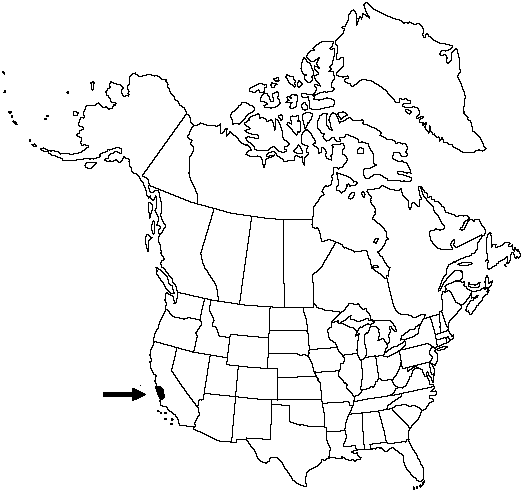Abies bracteata
Rev. Hort. sér. 2, 4: 7. 1845 - Bristlecon. fir.
Trees to 25 m; trunk to 1 m diam.; crown spirelike, narrow. Bark redbrown, thin, smooth, with age slightly fissured and broken into appressed scales. Branches diverging from trunk at right angles, the lower often drooping in age; twigs becoming purplish green or brown, glabrous, glaucous when young. Buds exposed, brown, ovate to fusiform, extremely large, not resinous, apex pointed; basal scales short, broad, equilaterally triangular, glabrous, not resinous, margins entire, apex sharp-pointed. Leaves 2.5–6cm × 3mm, 2-ranked to spiraled, stiff; cross-section flat, with raised vein abaxially, grooveless to faintly grooved adaxially; odor pungent; abaxial surface with 8–10 stomatal rows on each side of midrib; adaxial surface dark green, lacking stomates; apex sharply pointed; resin canals small, near margins and abaxial epidermal layer. Pollen cones at pollination yellow to yellow-green. Seed-cones ovoid, 7–10 × 4–5cm, pale purplish brown, borne on stout peduncles, apex round; scales ca. 1.5–2 × 2–2.5cm, glabrous; bracts exserted, not reflexed. Seeds 10 × 5mm, body deep redbrown; wing about as long as body, deep redbrown; cotyledons ca. 7.
Habitat: Dry, coastal coniferous forests
Elevation: 600–900m
Discussion
Abies bracteata grows in the Santa Lucia Mountains along the coast of California.
Of conservation concern.
Selected References
None.
